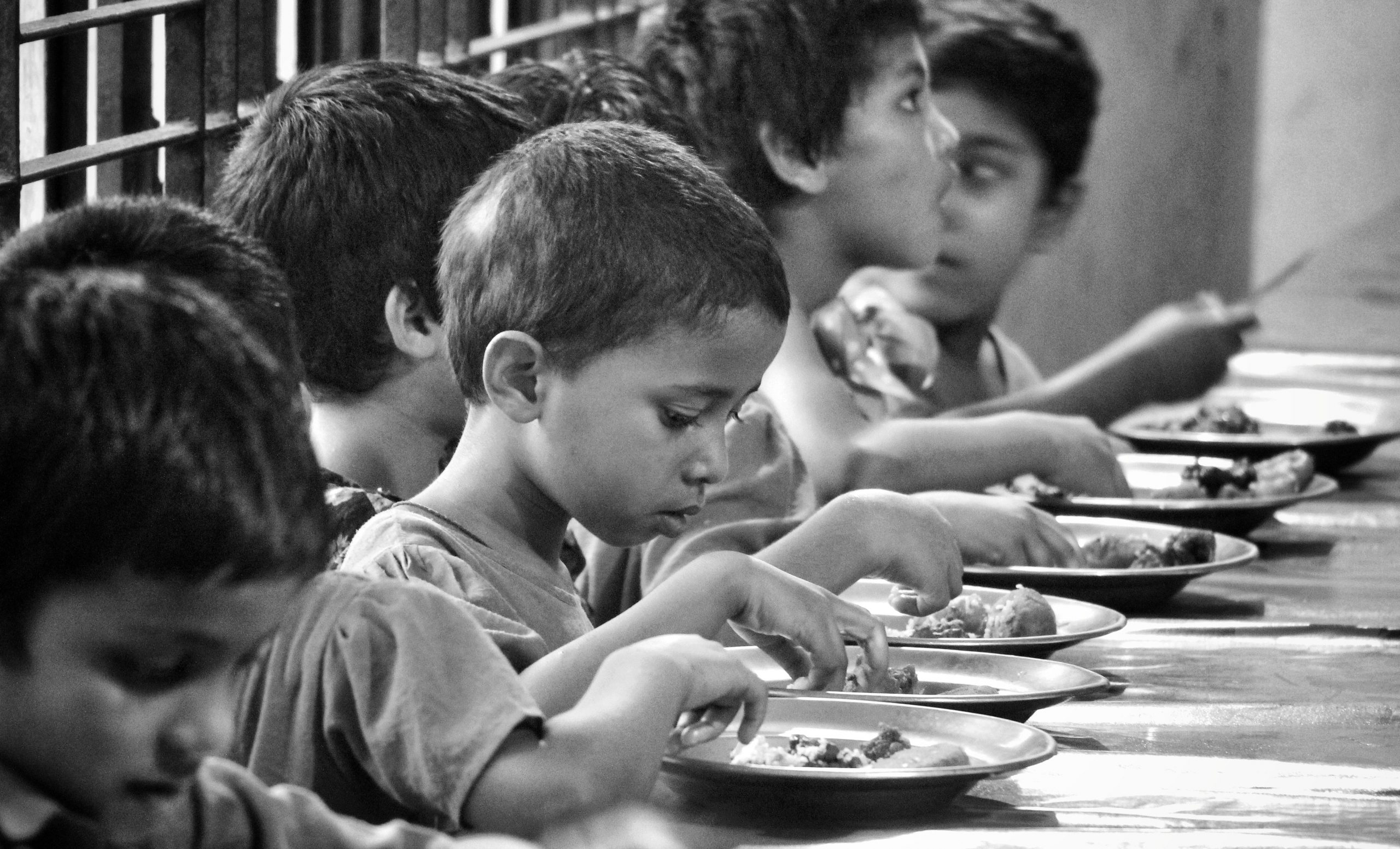The central government on Friday claimed that the methodology used to calculate the Global Hunger Index – in which India slipped to the 101st position behind its neighbours Pakistan, Bangladesh and Nepal – is unscientific.
“It is shocking to find that the Global Hunger Report 2021 has lowered the rank of India on the basis of FAO estimate on proportion of undernourished population, which is found to be devoid of ground reality and facts and suffers from serious methodological issues. The publishing agencies of the Global Hunger Report, Concern Worldwide and Welt Hunger Hilfe, have not done their due diligence before releasing the report,” the Ministry of Women and Child Development said in a statement.
Also Read | Hunger and food insecurity declines in US, yet millions still vulnerable
“The methodology used by FAO is unscientific. They have based their assessment on the results of a ‘four question’ opinion poll, which was conducted telephonically by Gallup,” it added.
Also Read | Afghanistan to face hunger crisis by end of the month: United Nations
According to the report prepared together by Irish aid agency Concern Worldwide and German organisation Welt Hunger Hilfe, the share of wasting among children in India rose to 17.3% between 2016-2020 from 17.1% between 1998-2002. Due to COVID-19 and related restrictions, India has ranked as the country with highest child wasting rate worldwide.
However, India has reportedly improved in the under-5 mortality rate, prevalence of undernourishment owing to inadequate food and prevalence of stunting among children and, the report said.
The released report is based on the current GHI projections.
“Although GHI scores show that global hunger has been on the decline since 2000, progress is slowing. While the GHI score for the world fell 4.7 points, from 25.1 to 20.4, between 2006 and 2012, it has fallen just 2.5 points since 2012. After decades of decline, the global prevalence of undernourishment — one of the four indicators used to calculate GHI scores — is increasing. This shift may be a harbinger of reversals in other measures of hunger,” the report said.







